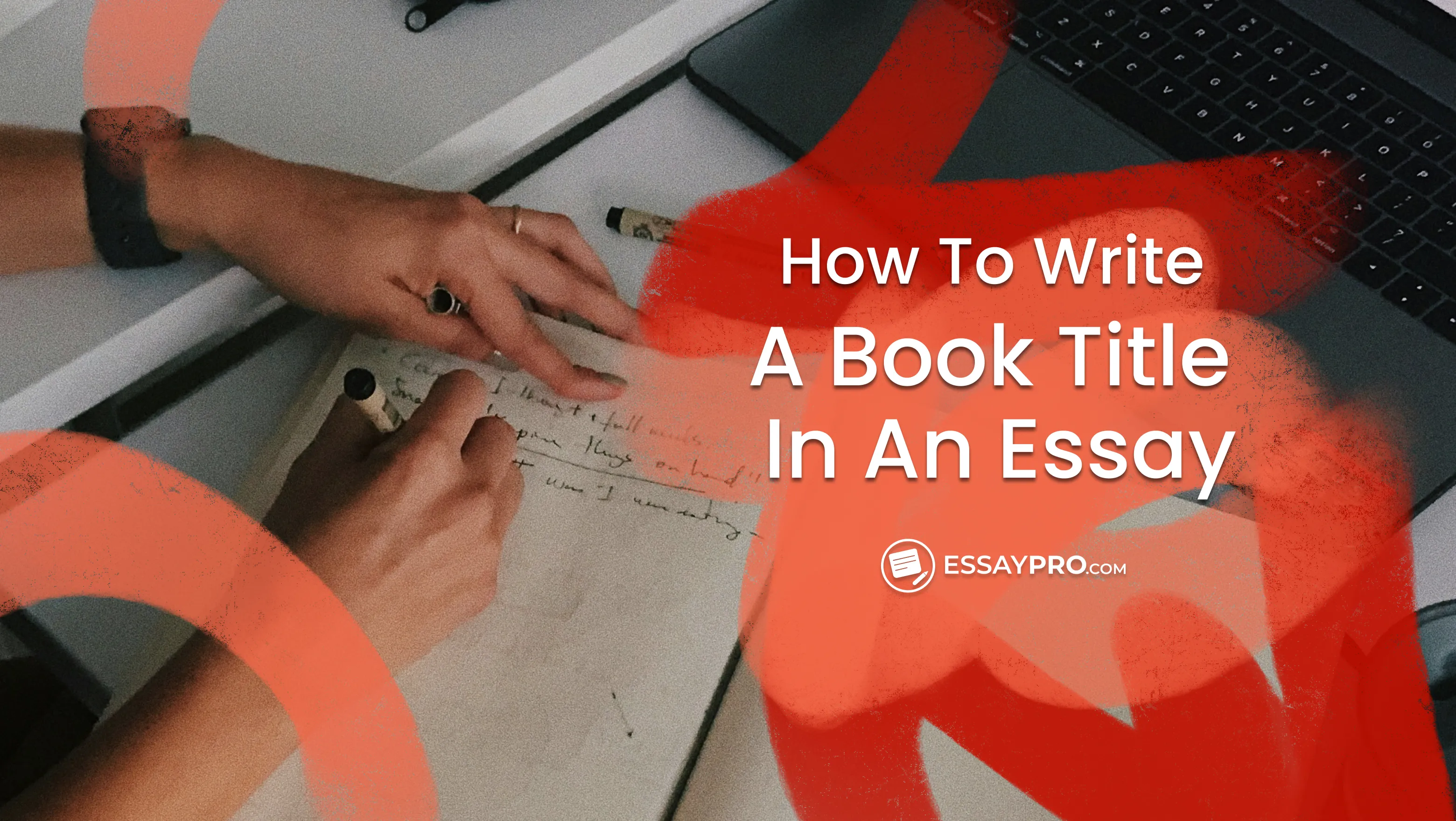The first week of classes hits fast. One moment you’re grabbing coffee, the next you’re scrambling to copy a diagram you don’t understand yet. Ever look back at those pages and wonder what half of it even means and how to take good notes? Studies show that students fail to record 40% of the important points during lectures, with first-year students recording only 11%.
Thousands of students already lean on EssayPro for essay help, writing support, and academic guidance. Let’s make this semester different. Your notes can pull their weight, so you’re not stuck cramming at 2 a.m. before the big exam.
👀 Want to Discover More Ways To Take Notes That Actually Work?
We hid more solutions here. Join our EssayPro Community and find the methods that go beyond the usual.
Why You Should Take Notes
Taking notes wires information into memory while shaping how the brain processes it. It works for both in-class and post-class.
In-class benefits:
- You anchor attention by giving the mind a physical task.
- You filter noise and capture only high-value ideas.
- You reinforce neural links through repeated motor and language signals.
- You map relationships between concepts in real time.
- You hold focus through natural mental dips.
Post-class benefits:
- You trigger recall pathways by re-reading original phrasing.
- You identify knowledge gaps while the context is still vivid.
- You compress scattered thoughts into tight, usable summaries.
- You track how concepts evolve over weeks.
- You turn raw material into a personal knowledge bank.
Think of note-taking as an opposite of the bed rotting trend. You don’t dissolve information, rather, you give it structure and function.


Note-Taking Methods for Students
There’s no single rulebook for effective note taking. Some methods feel natural, others force your brain to work in sharper ways.
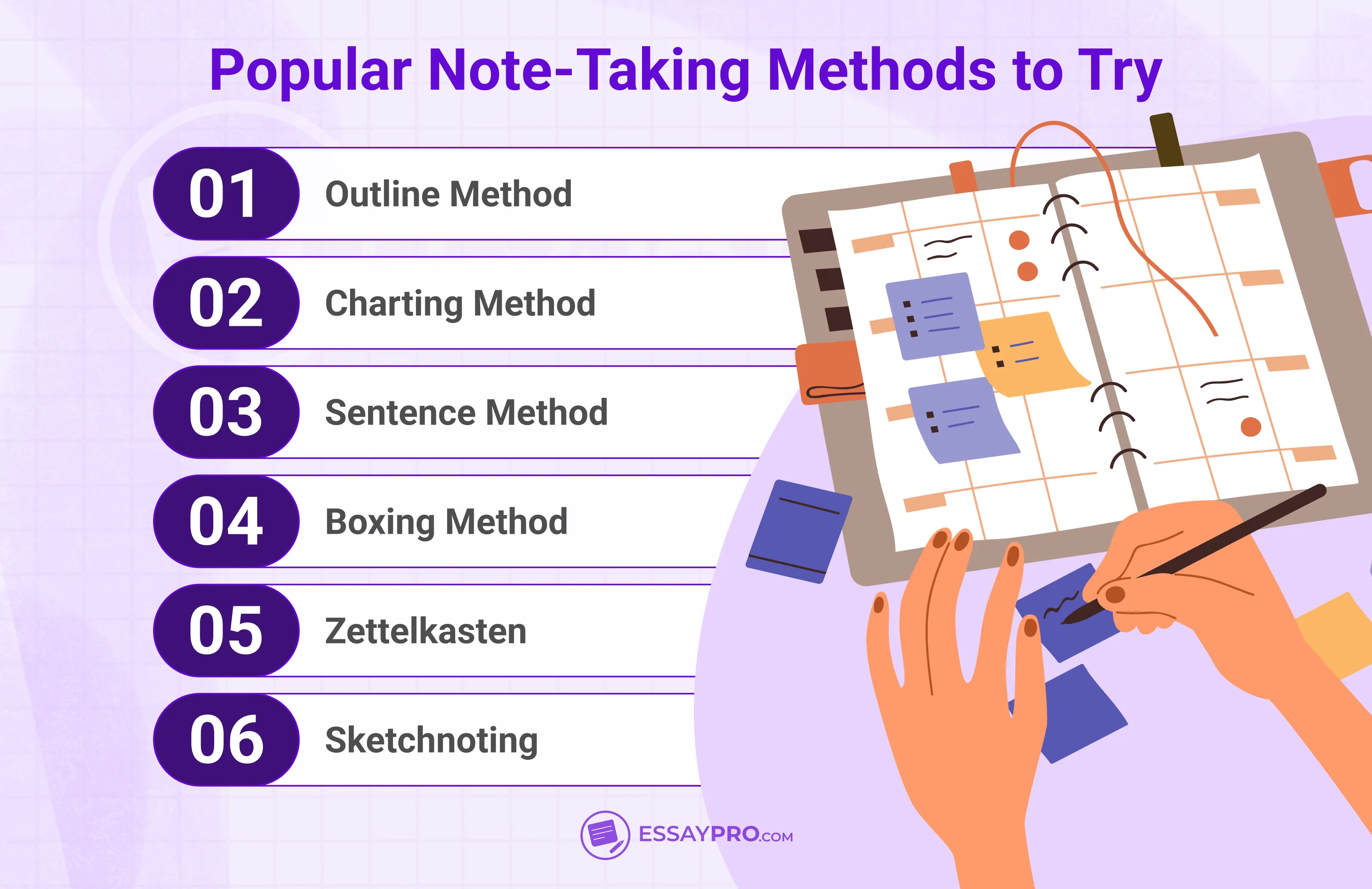
Here are practical hacks to be ready for semester:
- Outline Method
- Charting Method
- Sentence Method
- Boxing Method
- Zettelkasten
- Sketchnoting
Outline Method Explained
The Outline Method organizes information in a hierarchy, starting with main topics and breaking them into subpoints. Each layer shows relationships between ideas.
Big concepts anchor the left margin. Smaller ideas cascade inward like branches. This is one of the best ways to take notes for subjects where the professor follows a logical arc, such as history lectures, anatomy lessons, and legal case reviews. You can leave space under each heading to fill in later when something clicks.
- Pros: Easy to scan. Clear visual hierarchy.
- Cons: Falls apart with scattered, non-linear lectures.

How the Charting Method Works
The Charting Method uses columns and rows to arrange information into categories for quick comparison. Each column represents a category, and each row holds related details.
Once the framework is set, it’s like filling in a puzzle in real time. Political science: columns for leader, country, term, and major policies. Chemistry: compound, formula, reaction type, application. The visual format trains your brain to see patterns faster, especially when topics overlap. But if the lecture wanders, you’ll struggle to squeeze ideas into neat boxes.
- Pros: Perfect for comparisons. Highlights trends instantly.
- Cons: Inefficient for unstructured or story-based content.
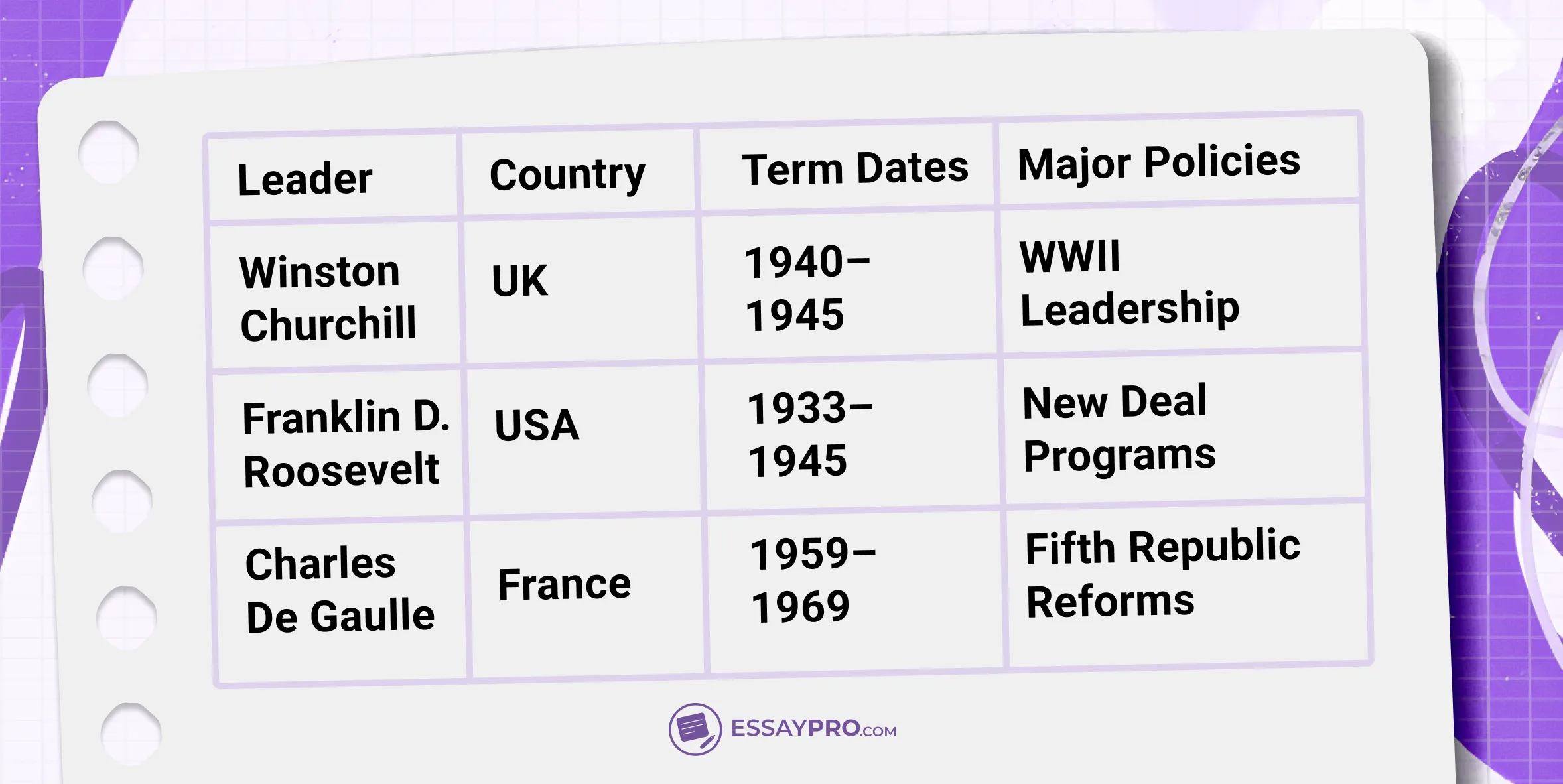
For more ways to organize information, see how to study effectively.
The Sentence Method in Action
For some, the most useful way to take notes for most students is the Sentence Method. It records each new idea as a complete sentence on its own line. It’s the method for students in fast-paced lectures who can’t pause to structure as they go. Think philosophy debates or literature seminars where ideas leap without warning. The beauty is in the speed. Nothing slips past you. The drawback is that reviewing later feels like reorganizing a messy desk. Still, for sheer capture power, it’s hard to beat.
- Pros: Simple to start, captures everything.
- Cons: Requires heavy reorganization after class.
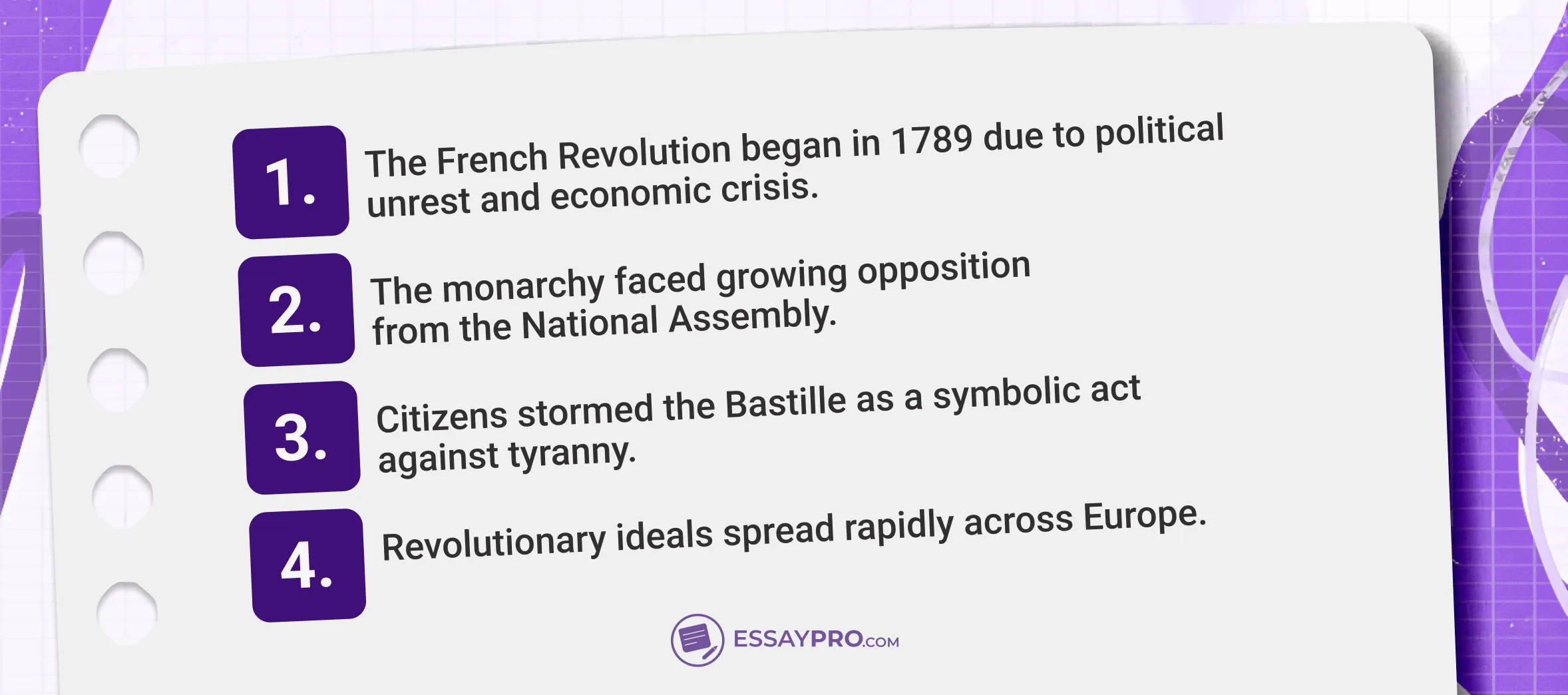
Using the Boxing Method
The Boxing Method divides a page into separate sections, with each box dedicated to one theme or topic. Information related to that topic stays inside its boundaries.
Once you start filling boxes, the page feels like a map of the lecture. One corner is for definitions, another for examples, and another for diagrams. Visual learners love this because it locks concepts into a physical space. You remember where something was on the page, not just what it said. It works best for subjects where content is clearly segmented, like marketing case studies or design principles. When topics overlap heavily, boxes can get messy.
- Pros: Clear visual separation. Boosts spatial recall.
- Cons: Hard to adapt mid-class if topics mix.
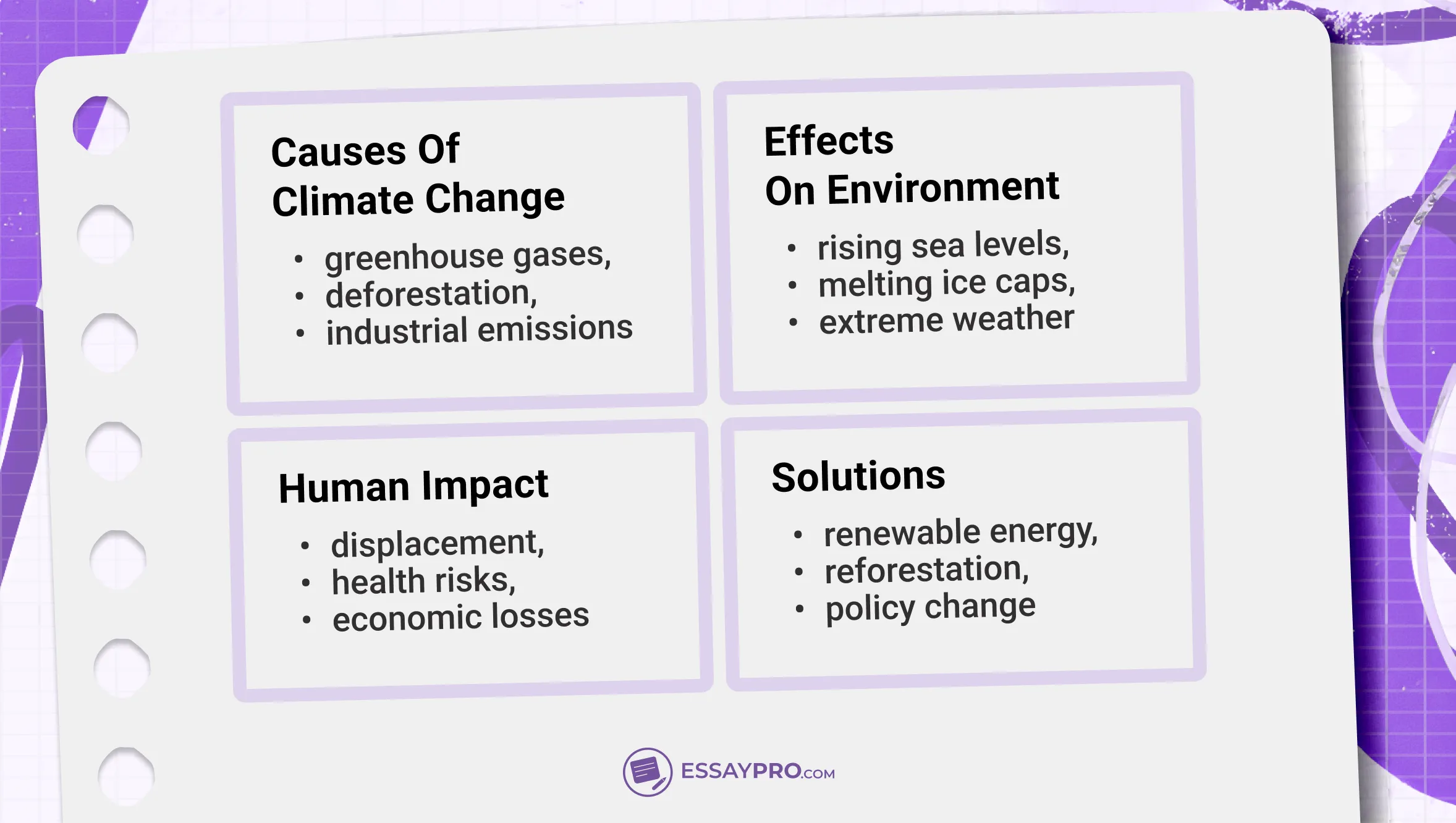
Zettelkasten Method for Connected Ideas
The Zettelkasten Method turns every note into its own card or slip, with a single idea on each. Cards connect through tags or references to related ones.
As the pile grows, so does the network. A theory links to an example, an example links to a counterpoint, and patterns start to appear, creating living examples of good note taking that evolve over time. It is a favorite for long research projects where ideas need space to develop. Each card becomes a piece you can move, group, or build into something bigger. The tradeoff is speed.
- Pros: Ideal for long-term projects. Flexible and expandable.
- Cons: Time-intensive during fast classes.
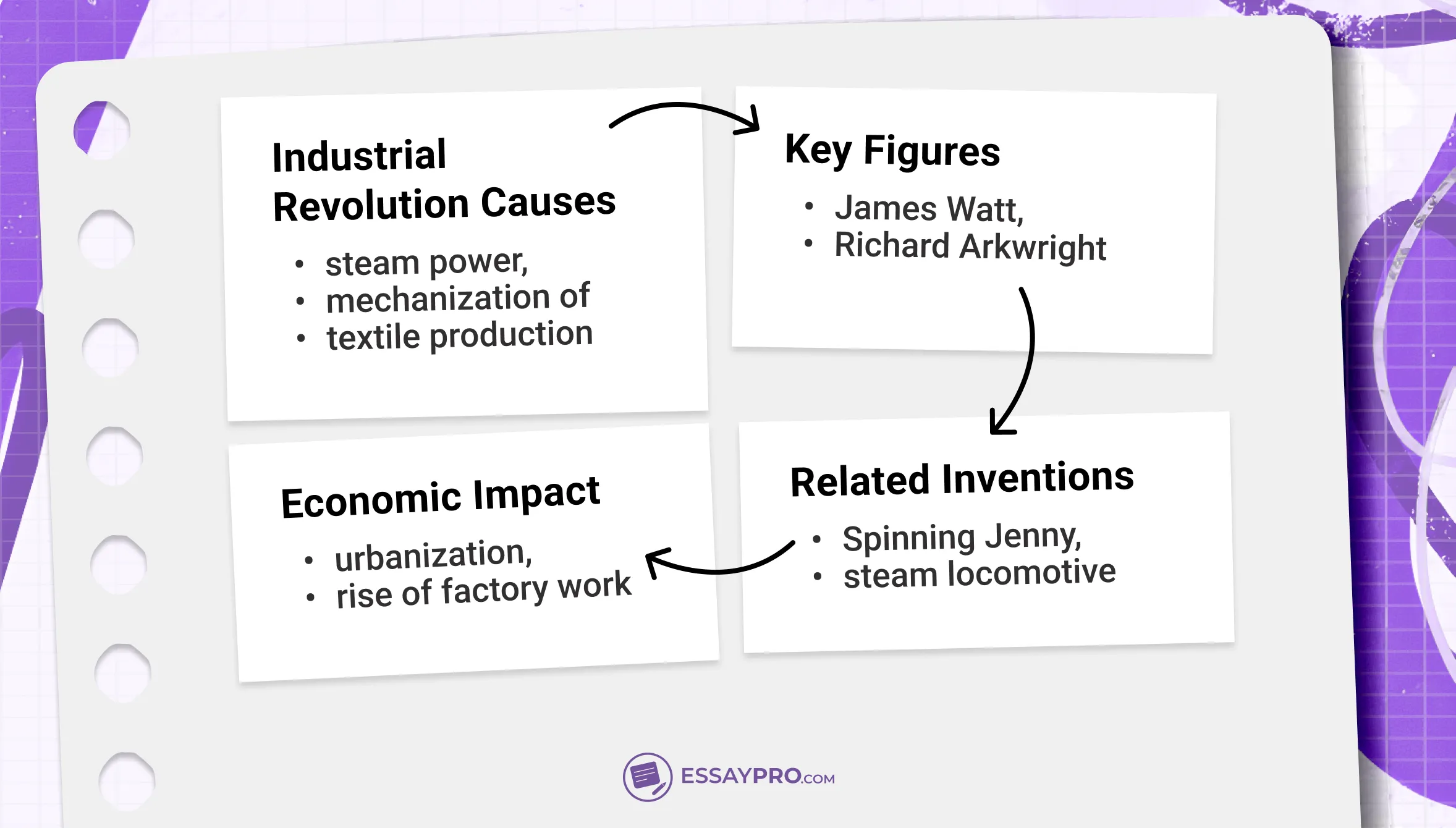
Sketchnoting for Visual Learners
Sketchnoting mixes words with sketches and quick diagrams to catch ideas in a visual way. The page can twist into any layout you want, with bits of text sitting beside arrows, icons, and splashes of color.
The result looks like a page from a creative journal. You might draw a process flow for a biology system or sketch a character map in literature. Visual thinkers retain more this way because the drawings anchor memory. It’s engaging, but slow sketchers may miss key points. This method shines in classes with visual or spatial content, like architecture, art history, or engineering concepts.
- Pros: Highly memorable. Encourages creative engagement.
- Cons: Slower for those less confident with drawing.
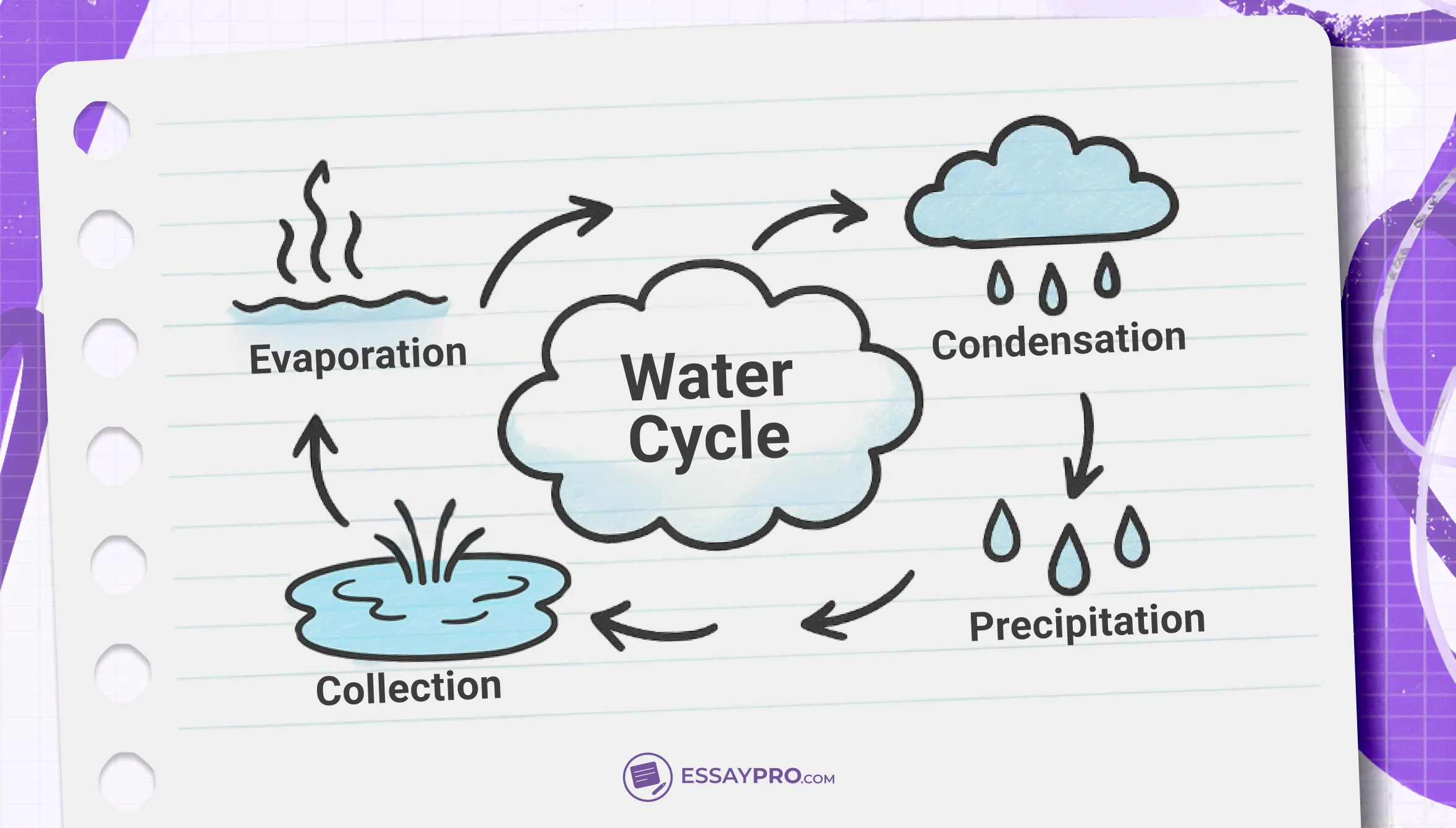
Best Practices for Note-Taking
Nobody walks into class thinking about perfect penmanship. Learning how to write notes well means training your brain to grab what matters and keep it fresh until you need it. Do that right, and even the messiest scrawl can turn into a rock-solid study partner.
Up next, we’ll cover practical steps so every page works harder for you.
Use Symbols and Abbreviations
Half the time, you miss good points because you’re still writing the last sentence. Shortcuts fix that. Symbols, abbreviations, and acronyms make note taking for studying faster, so you keep pace without losing meaning.
Here’s the table showing common abbreviations and their meanings:
Have a quick look at common symbols for note taking:
If your notes include source details, an online citation generator makes formatting them painless.
Write in Your Own Words
Copying word-for-word feels safe until you read it later and realize you still don’t get it. When you take notes properly, you translate ideas into your own voice, and that’s where the learning happens.
- Listen first
- Rephrase in your head
- Write it like you’d tell a friend
If you can’t rephrase it, that’s your red flag to review. Works wonders for complex topics, from macroeconomics models to chemistry reactions.
Use Color-Coding
Your brain loves patterns. Color-coding gives your notes a built-in map so you know where to look without reading every word. Assign colors that make sense to you and stick with them.
- Blue for disorders
- Yellow for symptoms
- Green for treatments
Come exam week, flipping pages feels like scanning a chart instead of drowning in paragraphs.
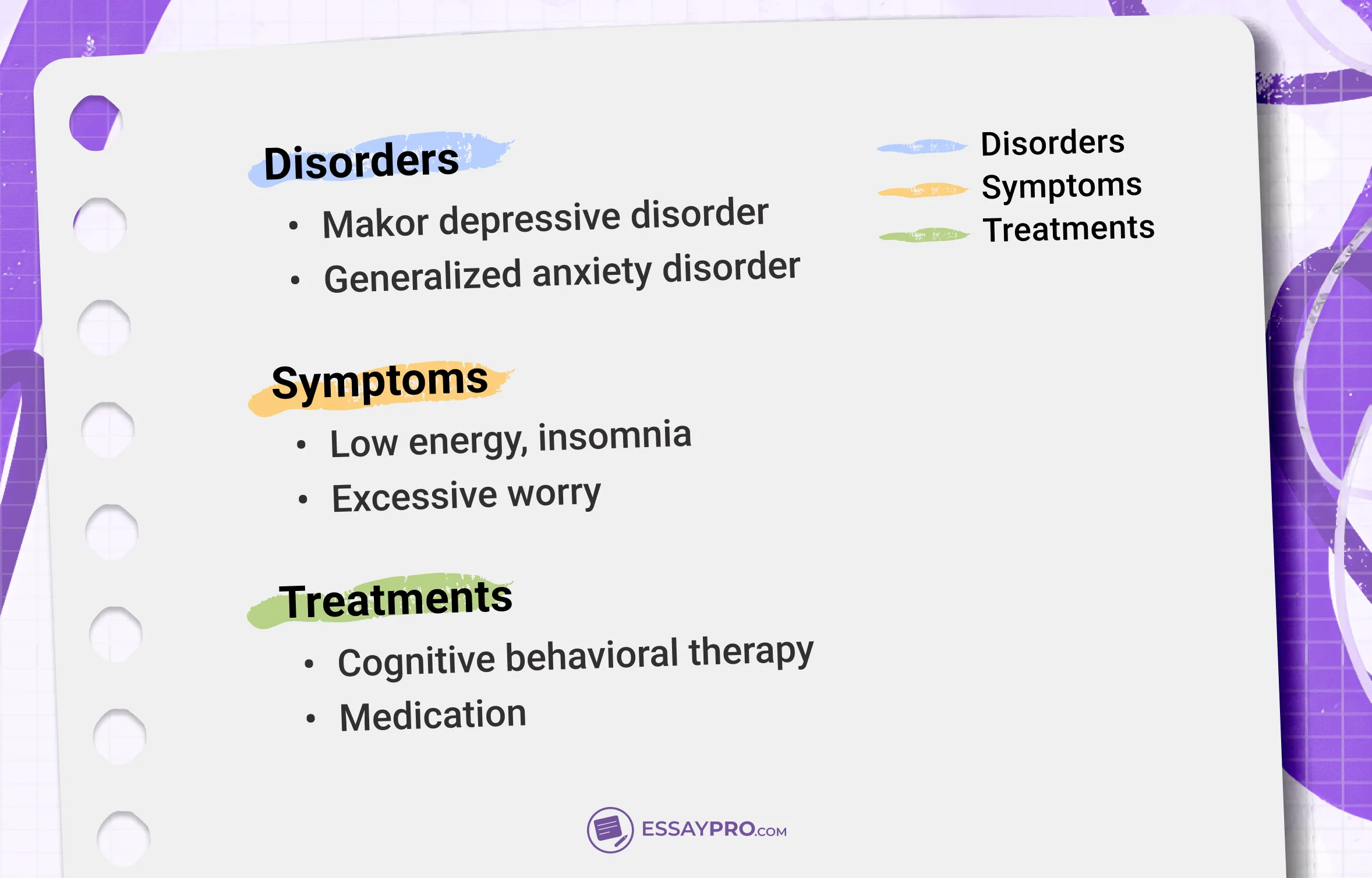
Record Only Important Things
Ever look back at pages of notes and wonder why half of it is there? That’s what happens when you write everything. Instead, listen for 'this matters' moments.
- The professor pauses or repeats something
- They say 'remember this' or 'this will be on the test'
- A slide stays up longer than usual
When that happens, skip the filler and write the essentials, such as cause, date, outcome, or definition.
Keep Notes Structured
A good structure is like future-you leaving present-you a trail of breadcrumbs. Without it, reviewing feels like wandering in the dark. Keep it consistent:
- Main topic at the top
- Subpoints underneath
- Space for extras or clarifications
Outline Method works for step-by-step lectures, Boxing Method for split topics. Pick one style and stick with it so your brain knows the layout by heart.
Revising Notes
First drafts are for catching ideas. Revision is for making them stick. Go back within 24 hours, before details slip.
- Read without stopping
- Fill in what’s missing
- Highlight what matters
- Mark anything that needs checking
Weekly reviews mean less cramming and more remembering. That’s when your notes stop being random pages and start becoming your personal textbook.
Choosing the Right Method
When you take notes effectively, you have a study guide that feels like it was built for exam week. Match your approach to the kind of class you’re in, how fast the professor talks, and how your brain likes to work. Then pick methods or tools that fit, whether pen-and-paper or note taking apps that keep everything organized.
- If the lecture moves step-by-step, the Outline or Boxing Method keeps everything neat.
- When you’re comparing dates, data, or case studies, Charting makes patterns jump out.
- In rapid-fire discussions, philosophy debates, or a professor who never slows down, the Sentence Method catches more without tripping you up.
- The Zettelkasten for a long research project turns scattered ideas into a connected map you can build for months.
Difference Between Handwritten and Digital Notes
Both have wins and trade-offs, and most students end up switching between them.
We’ve all had coffee-fueled nights trying to piece notes together before a deadline. If that happens too often, buy college essays can clear your plate.
The Bottom Line
Learning how to write a note that actually helps you later means picking the right method, staying organized, and reviewing often.
If you ever need extra help along the way, remember, EssayPro offers essay assistance, writing support, and academic guidance to keep your studies on track!
FAQs
What Is The Best Way To Take Notes?
The best method depends on your class style and goals. Match the format to the content, keep it clear, and review regularly.
What Are The 6 Most Common Mistakes In Note-Taking?
Writing everything down, skipping reviews, poor structure, unclear abbreviations, no key points highlighted, and not organized by topic.
What Is The Least Effective Note-Taking Method?
Passive transcription without processing, copying word-for-word without thinking, is the least effective because it skips comprehension.

Mariam Navrozashvili
She has a Master’s degree in English Literature and brings a deep understanding of storytelling, critical analysis, and language structure to her work. On EssayPro Blog Mariam writes guides on literary analysis, essay composition and language studies to help students improve their writing skills. In her free time she likes to read classic novels and discuss literary theory.
- Austin Community College. (n.d.). Benefits of note-taking. Retrieved August 10, 2025, from https://sites.austincc.edu/student-skills-workshops/taking-effective-notes/benefits-of-notetaking/
- University of Michigan, Center for Research on Learning and Teaching. (n.d.). No. 16: Improving student note-taking. Retrieved August 10, 2025, from https://crlt.umich.edu/sites/default/files/resource_files/CRLT_no16.pdf
- University of Maine at Fort Kent. (n.d.). Successful note taking. UMFK Student Success. https://www.umfk.edu/offices/student-success/successful-





